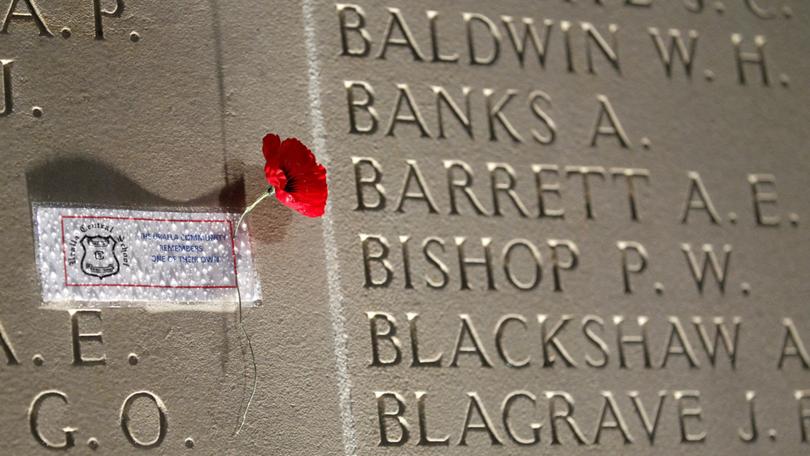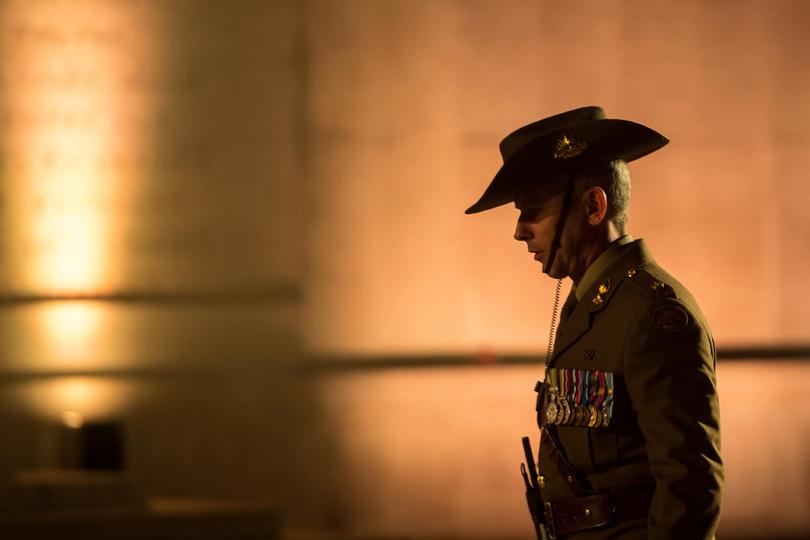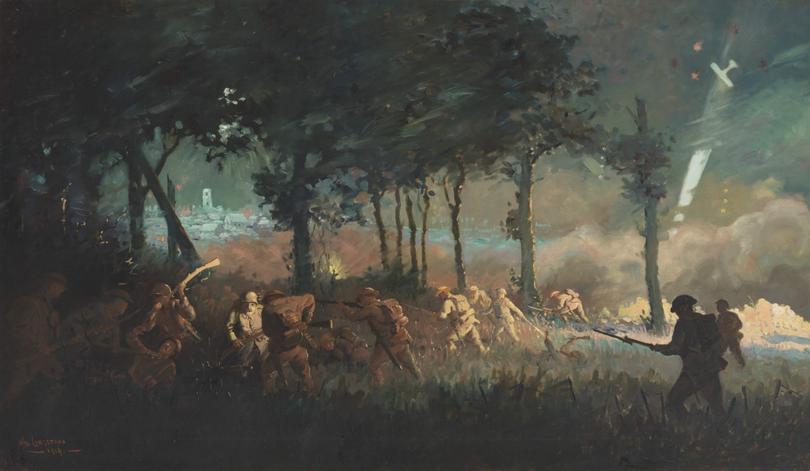Anzac Day 2024: Veteran Affairs Minister’s Villers-Bretonneux address honours Aussies lost on Western Front

The following is an excerpt from Veterans Affairs Minister Matt Keogh’s Villers-Bretonneux address, due to be given on Anzac Day.
As the dawn breaks in Australia, around the world, and here in France, we gather to remember.
We remember all who have served in Australia’s name and all those who never returned home.
Sign up to The Nightly's newsletters.
Get the first look at the digital newspaper, curated daily stories and breaking headlines delivered to your inbox.
By continuing you agree to our Terms and Privacy Policy.Of the 330,000 Australians who served in the First World War, more than 60,000 lost their lives.
Many of whom lie eternal here on the Western Front – our most deadly theatre of war.
One of those, who lies in Underhill Farm Cemetery, a couple of hours from here, is Private Victor James Mocatti.
Victor enlisted in the Australian Imperial Force in August 1916 while working in a brewery in Kalgoorlie, Western Australia.
Victor trained at home and abroad before joining the 48th Battalion on the 23rd of June 1917, while it was en-route to Ploegsteert in Belgium.
Just three weeks later, Victor was killed in heavy shelling about 5 kilometres behind the front line.
He had just marked his 20th birthday.
Private Victor James Mocatti was my grandmother’s cousin.

Like me, many of you here today share a connection to the Australian Imperial Force of the First World War.
On this peaceful morning, it’s hard to believe that the fields surrounding us were the scene of such intense fighting and bloodshed during the Battle of Villers-Bretonneux, 106 years ago.
At dawn on the 24th of April, the Germans attacked and captured the town of Villers-Bretonneux.
That night, Australian troops responded, leading a successful counter-attack that liberated the town the following morning, on the third anniversary of the Anzac landings at Gallipoli.
General John Monash considered the attack “the finest thing yet done in the war, by Australians or any other troops.”
While Lord William Birdwood said, “this action was the great turning point of the war”.
That was the beginning of the special and enduring relationship Australia shares with the people of Villers-Bretonneux, and we are grateful that you continue to preserve the memory and sacrifices of our service personnel each Anzac Day.
The beautiful Memorial behind me lists the names of almost 11,000 personnel who were killed on the Western Front and whose bodies were never recovered or who have no known grave.
One of those names is Lance Corporal Albert Ticklie.
Albert lived in Armadale, in my local community, working in the timber industry.
He enlisted in September 1915 and after initial training at home and in Egypt, he arrived in France in June 1916 with the 48th Battalion.
During the infamous Battle of Pozières, with little regard for his own safety, Albert carried wounded men more than 400 metres back to their own trenches under heavy machine gun fire, receiving a wound to the thigh. Albert was awarded the Military Medal for his bravery.
On 11 April 1917, Albert’s mates recalled seeing him badly wounded in the trenches as he took part in the first Battle of Bullecourt.
Initially reported as missing, he was later confirmed as killed in action.
Albert was just 27 years of age, his body was never recovered.
The original Anzacs helped shape who we are as Australians.

The values they displayed on the battlefields — courage, selflessness, endurance, loyalty and mateship — have been passed down to generation after generation of Australian service personnel.
Values displayed in more recent times, in Afghanistan, Iraq, Timor-Leste and in peacekeeping operations underway right now.
The impact of service is significant, and for many, the war within continues long after someone hangs up their uniform for the last time.
This is not just a burden for our veterans, but their families too.
Today, on Anzac Day, we pay tribute to more than 2 million Australians who have served our nation and its allies in all wars, conflicts and peacekeeping operations.
We also acknowledge the sacrifices of their families.
We remember the service and sacrifice of people like Victor and Albert, who will forever lay in foreign soil, and more than 103,000 Australians who have lost their lives in Australia’s name.
Lest we forget.
